Steven Spielberg and Duel
Steven Spielberg works in his office on the Universal lot, early 1970s.
Steven Spielberg and Duel
The Making of a Film Career
Steven Awalt
Rowman & Littlefield
Lanham Boulder New York Toronto Plymouth, UK
Published by Rowman & Littlefield
4501 Forbes Boulevard, Suite 200, Lanham, Maryland 20706
www.rowman.com
10 Thornbury Road, Plymouth PL6 7PP, United Kingdom
Copyright 2014 by Rowman & Littlefield
All rights reserved . No part of this book may be reproduced in any form or by any electronic or mechanical means, including information storage and retrieval systems, without written permission from the publisher, except by a reviewer who may quote passages in a review.
British Library Cataloguing in Publication Information Available
Library of Congress Cataloging-in-Publication Data
Awalt, Steven, 1973
Steven Spielberg and Duel : the making of a film career / Steven Awalt.
pages cm
Includes bibliographical references and index.
ISBN 978-0-8108-9260-6 (cloth : alk. paper) ISBN 978-0-8108-9261-3 (ebook) 1. Duel (Motion picture) 2. Spielberg, Steven, 1946 Criticism and interpretation. I. Title.
PN1997.D836A93 2014
791.43'72dc23 2013042282
 The paper used in this publication meets the minimum requirements of American National Standard for Information SciencesPermanence of Paper for Printed Library Materials, ANSI/NISO Z39.48-1992. Printed in the United States of America
The paper used in this publication meets the minimum requirements of American National Standard for Information SciencesPermanence of Paper for Printed Library Materials, ANSI/NISO Z39.48-1992. Printed in the United States of America
Acknowledgments
I would like to thank the following people for the considerate and considerable help and support they offered throughout the research and writing of this book. Without their generosity, none of this could have happened as it did.
From the Duel crew and parties involved or associated with the films production, releases, or history, thank you to Richard Matheson, James Fargo, Frank Morriss, Billy Goldenberg, Sid Sheinberg, Steven Bochco, Charlie Crutcher, Matthew R. Bradley, Kenneth Johnson, Jane Hallie, and, certainly, dear Gerry Weaver. It was entirely my honor and education to have the chance to speak at length with all of you, and I hope I have acquitted your personal histories and memories with the great care and respect you all deserve.
Thanks also to Gregg Mitchell at the Writers Guild of America, Anita Herrmann at the Editors Guild, Melanie Chapman, James Gelet, Michelle Debbaudt, Alice Billings, Patty OMalley, John Holden, Gary Gerani, Michael Matessino, Neil Bulk, Lukas Kendall, and Justin Wilkinson.
At DreamWorks Studios and Amblin Entertainment, unending thanks to Kristin Stark, Marvin Levy, Michelle Fandetti, Samantha Becker, and Mary Hulett for all you have done for me and the book, and for all the kindness youve shown me over the years.
At Universal, Deidre Thieman and Roni Lubliner; at the Wisconsin Historical Society, Ben Brewster; and at the Paley Center for Media, Jane Klain and Martin Gostanianmy sincere thanks to all of you for your assistance.
To my personal mentors who preceded me in bringing the world written histories on the career of Steven Spielberg and reached back to mentor me all along my journey, I can never show enough gratitude to my friends and inspirations James Clarke, Joe Fordham, and Joseph McBride.
Of course, eternal thanks and love to my wife, Erin, who kept my chin up through all the years I published SpielbergFilms. You always believed in my abilities and dreams, even when I failed to do the same. Slow and steady does win the race, and thanks for running this marathon with me, love. To our creative, hilarious, and often irrepressible brood, Molly and Ethan, love and thanks for all you both bring to my life. The sale of this book also brought us a new family member, our little puppy Dooley, who I promised wed get once dad sold his first book.
To my friends near and far, Max Allen, Jill Balmer, Jocelyn Briggs, Callum Farmer, Dana King, and Steve Loose, thank you for reading my writing, offering corrections and suggestions, and for your enthusiasm for the work. I hope you find this book almost as enjoyable as watching Duel itself. Thank you also to Heather McRoberts for listening to my ups and downs throughout the process of selling the book and moving toward publication, and to my father-in-law, Gary Joyce, for pulling my rear out of the fire when things got too hot for comfort.
Much gratitude to my editors at Rowman & Littlefield, specifically Stephen Ryan, Jessica McCleary, and Gail Fay, along with the many others who helped take our book from manuscript to what readers are now holding in their hands.
And finally, I am a writer without proper words to even begin to express my gratitude to Steven Spielberg. Your seemingly endless creativity awakened a love of the cinema in a young boy and showed him how to dream big.
Decades on, you continue to inspire, now personally in your enthusiasm for this project, in the generosity of your time and wonderful stories you offered me, and in the words of encouragement you gave to me. More than anything, I hope I told a master storytellers own tale well.
Permissions
Photos, teleplay, and storyboards: Universal Studios Licensing LLC (with thanks to Amblin Entertainment, Inc.).
It Began as It Would Endwith a Crash
Philadelphia, Pennsylvania1952
The young boy was expecting an exciting time. His dad had promised to take him to see the circus, after all, and remembering his previous trip to the big top, five-year-old Stevie Spielberg already had anticipatory images of elephants, lions, and clowns parading around in his head.
Arnold Spielberg, Stevies father, parked the family car and led his son by the hand to a building with an outsized marquee that promised The Greatest Show on Earth above its entrance. Stevie and Arnold took their place in a bustling line of people. As they stood waiting, Stevie sized up the building. It was certainly large, as most buildings were from the vantage of such a small boy, but where could the circus big top be inside such a place? How did they fit all of the animals and circus performers inside?

After about an hour and a half of waiting in line, Arnold and Stevie reached the box office, where Arnold bought two tickets, and then made their way into the dark recesses of the building. The crowd they moved in was ushered through a row of doors, into a dimly lit and cavernous hall. As they passed through the threshold, Stevie held his breath with excitement, expecting the candy-colored wonders of the circus to reveal themselves to him: carnival streamers, daring acrobats and mighty strongmen, brave lion tamers and fearless fire eaters. He anticipated the dull smell of sawdust on the ground, and firm wooden bleachers in the round where everyone had a great view of the center ring. Once his eyes adjusted to the shadowy room, however, his young heart deflated in disappointment. They were in a long, lifeless rectangular room full of folding chairs in neat rows, all facing forward to a wall covered floor to ceiling by thick, burgundy curtains.
To go into this big cavernous hall and theres nothing but chairs and theyre all facing up, theyre not bleachers, theyre chairsI was thinking, Somethings up, something is fishy, Steven Spielberg has subsequently said, reflecting back on the experience.
Arnold and Stevie took their seats in the folding chairs, facing front along with everyone else in the growing audience, faces upturned, gazing blankly at the curtains that yielded no promise of a circus. After what seemed to Stevie an interminable wait, the curtains slowly parted, his imagination holding out a hitch of hope that the circus and its performers were merely hiding behind the thick drapes.
Next page
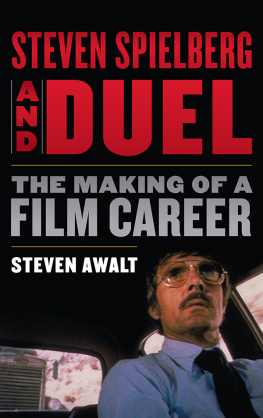
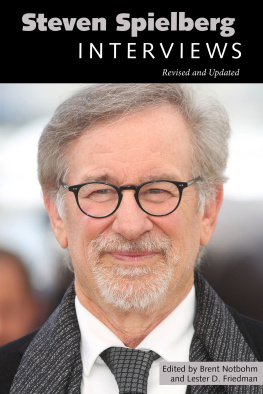
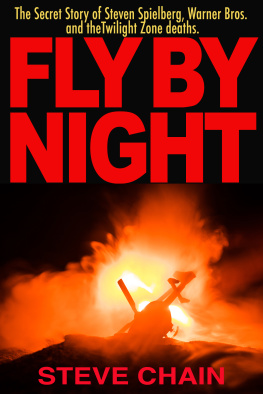
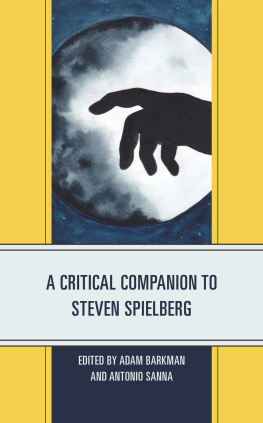


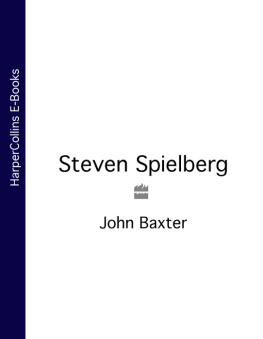

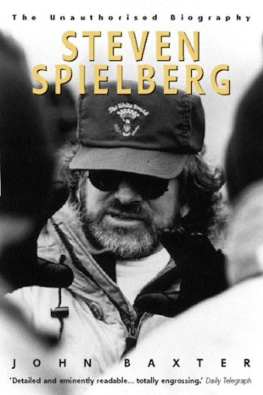
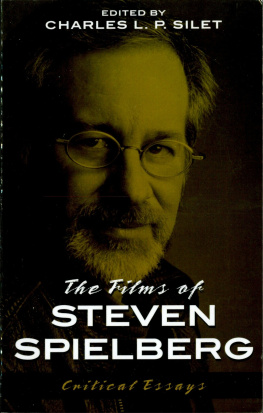
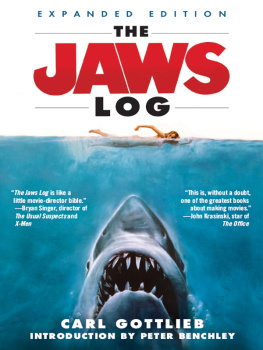
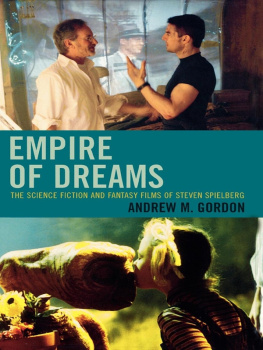
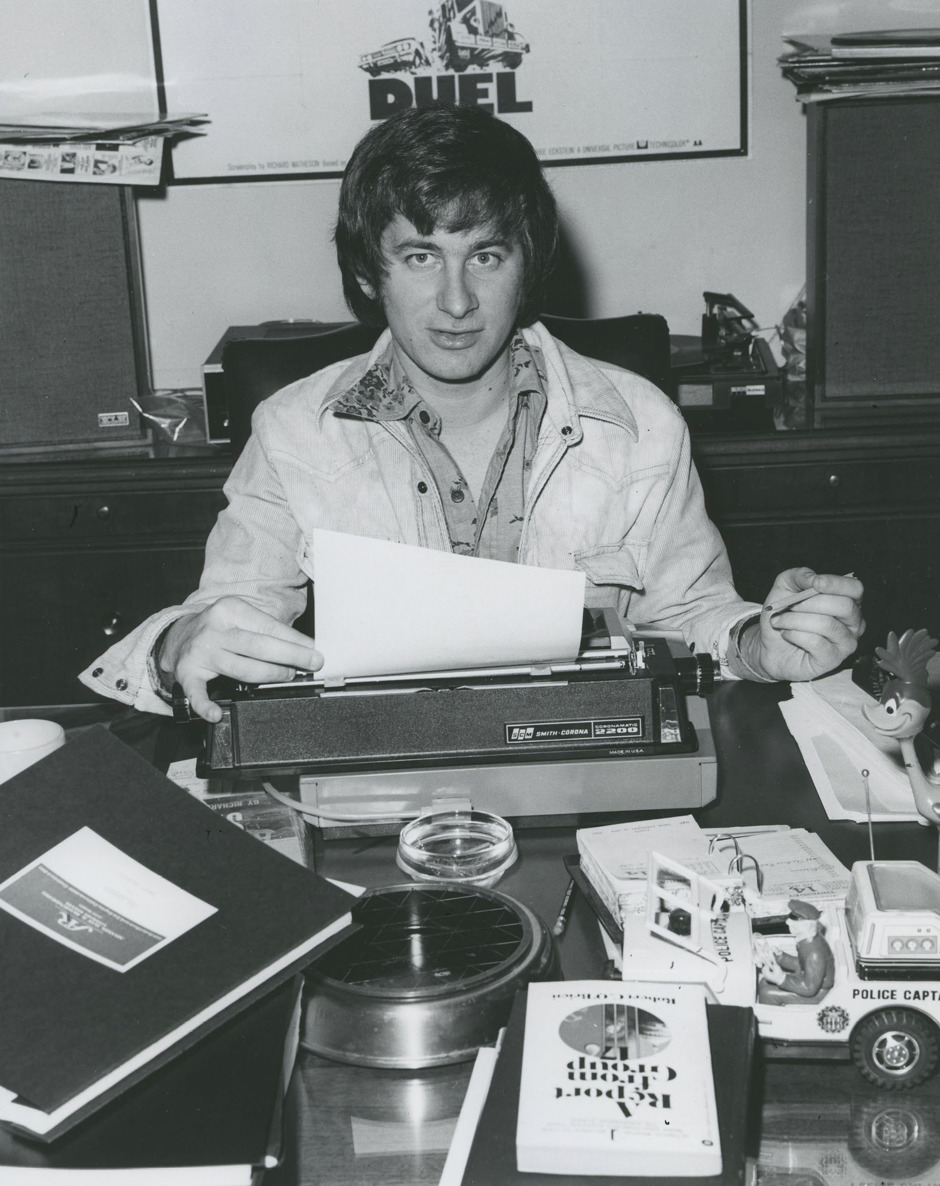
 The paper used in this publication meets the minimum requirements of American National Standard for Information SciencesPermanence of Paper for Printed Library Materials, ANSI/NISO Z39.48-1992. Printed in the United States of America
The paper used in this publication meets the minimum requirements of American National Standard for Information SciencesPermanence of Paper for Printed Library Materials, ANSI/NISO Z39.48-1992. Printed in the United States of America